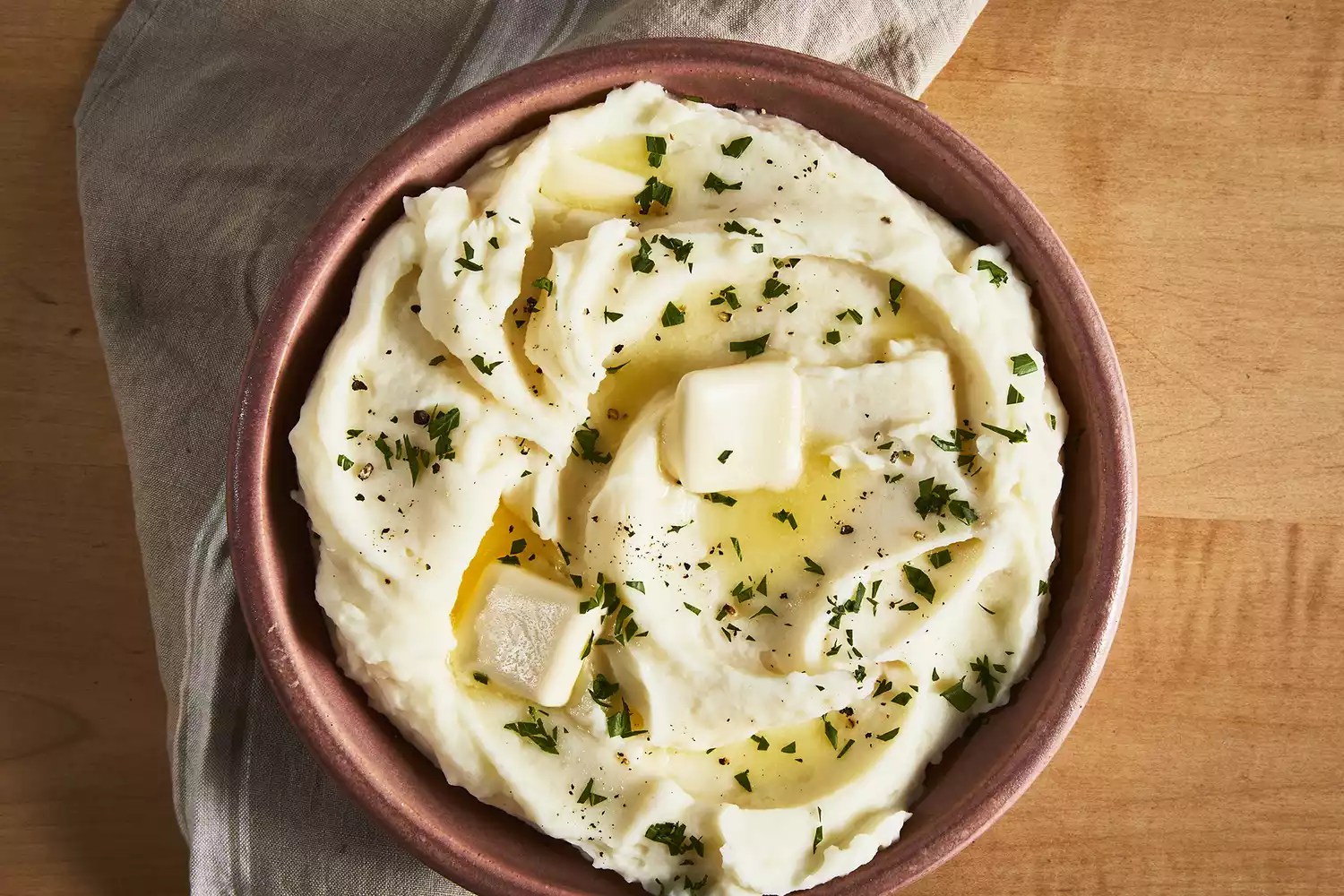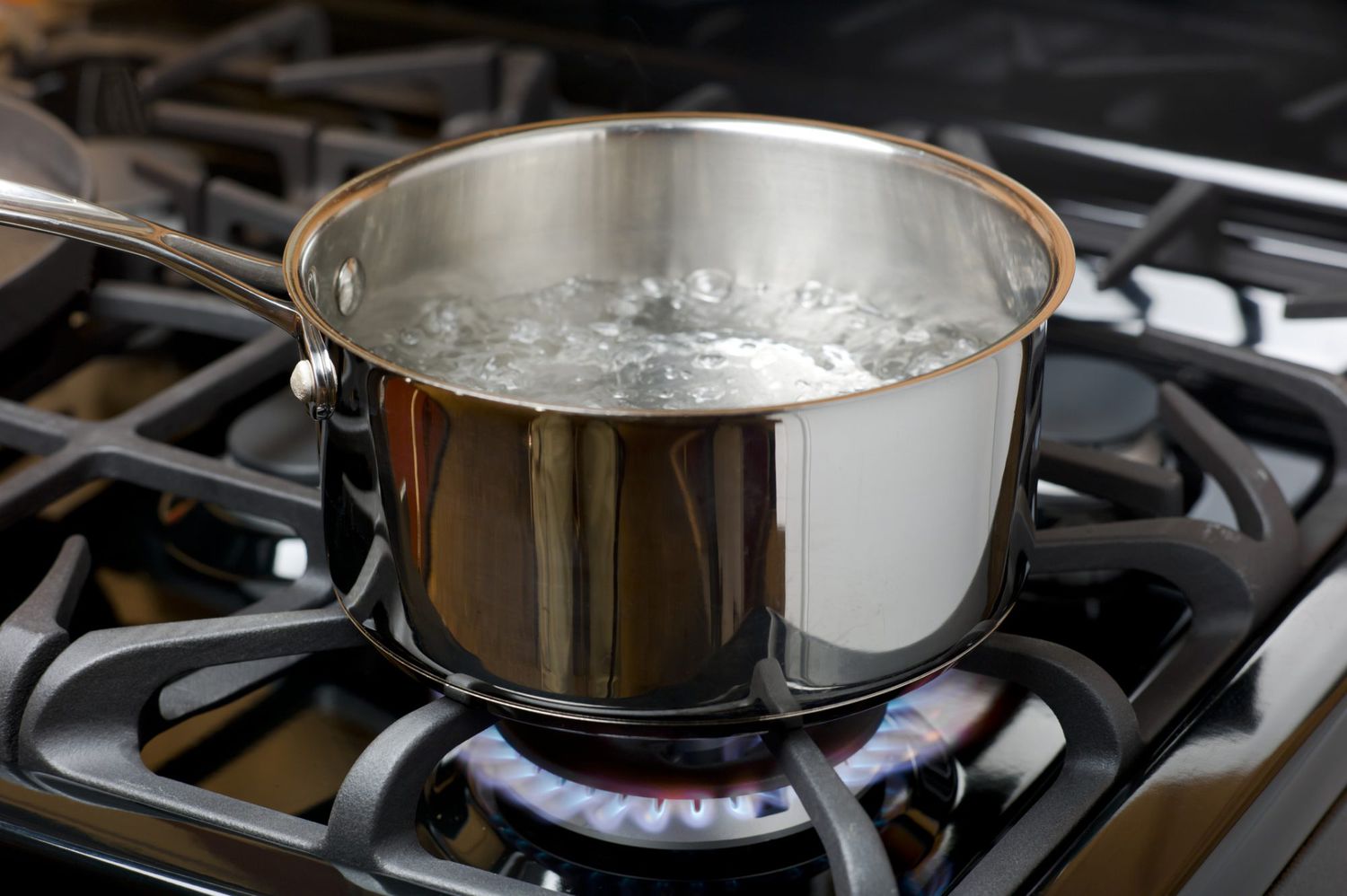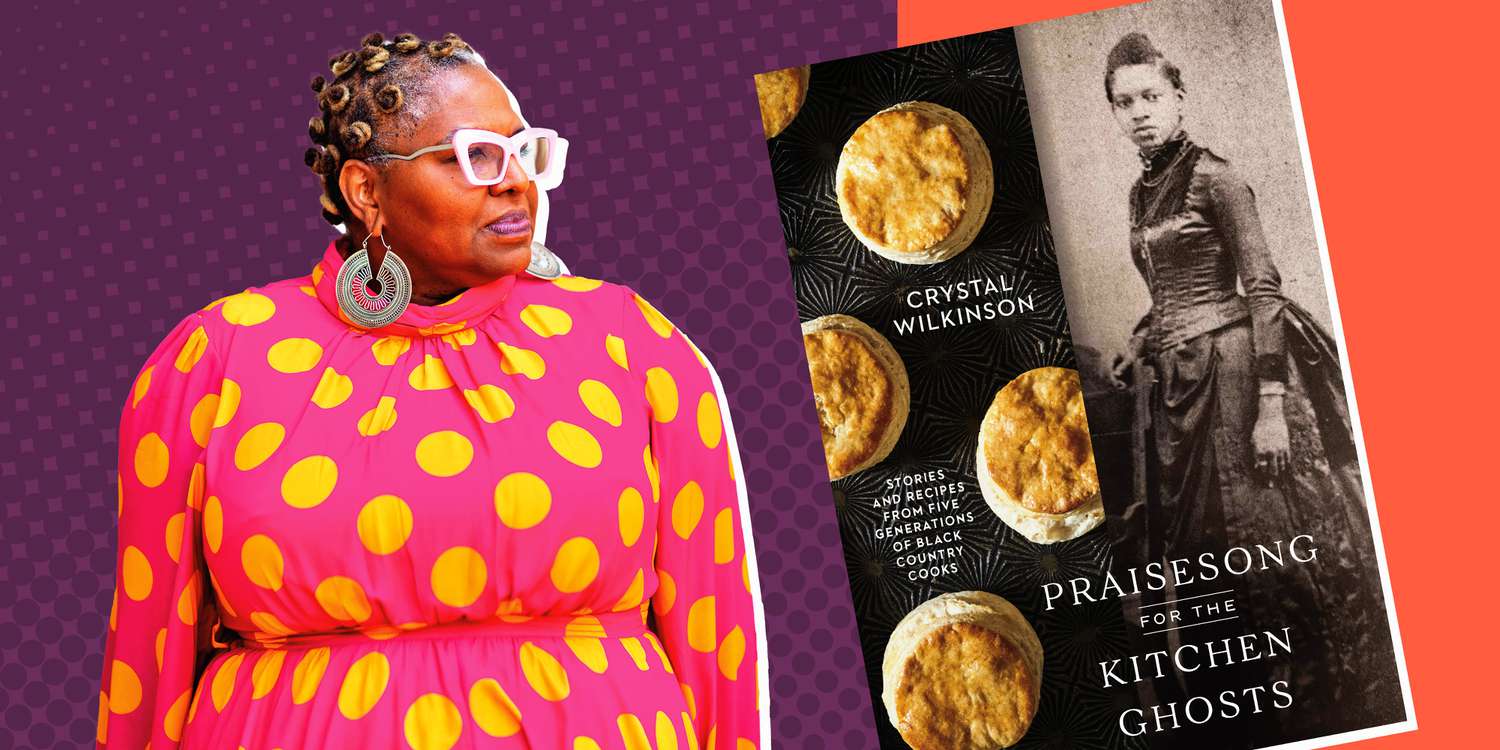Mashed potatoes are like politics — we all have our opinions about them, and if you bring those opinions up at the Thanksgiving table, you may create some discord. Some folks prefer a lighter, creamed potato, whereas other eaters gravitate towards a dense, slightly chunky mash. Sure, there’s technically no “right” or “wrong,” but what one person considers their ideal mashed potato might be the next person’s starchy disappointment. The texture of your mash largely boils (pun intended) down to the technique and equipment used to mash the potato.
For the last couple of years, I have insisted on making mashed potatoes by way of using a food mill. Did I enjoy this part of the process? No, not at all. But I told myself that it’s worth it because of the one-of-a-kind results that it yields. When we made mashed potatoes in culinary school (excuse me, it’s actually referred to as potato purée… *sticks nose into the stratosphere*), we ran the potatoes through a food mill and a tamis, which is basically an ultra-fine mesh strainer.
This technique yielded a mashed potato so irresistibly airy and light that it felt like it might just evaporate off of the plate. It was unlike any mashed potato that I grew up eating, and because I saw a fancy chef with a big white toque make the dish like that, I assured myself that I needed to do it that way, too.

However, I was making mashed potatoes recently, and because I was in a bit of a rush, I didn’t go through all of the motions that I normally would have if it were Thanksgiving or another special occasion. Instead, I simply peeled, cubed, and boiled my Yukon gold potatoes (business as usual), but instead of breaking out a ricer or a food mill, I just tossed my cooked and drained potatoes directly into the bowl of my stand mixer — fitted with the whisk attachment — letting Benjamin Franklin’s great electricity take the wheel and mash my potatoes for me.
Separately (and as I normally would), I’d steeped some fresh sage, rosemary, and crushed garlic cloves in a small pot of cream and butter over the stove. As the potatoes were mixing, I gradually streamed in this flavored cream mixture to gently thin out the potatoes to my desired consistency. After all, what’s the point of making mashed potatoes without aromatics, cream, butter, and salt, right?
Because I had taken this stand mixer shortcut, I was expecting mashed potatoes that were dense and unpleasantly chunky — nothing close to my delicate, airy, lump-free, food-milled Thanksgiving potatoes. I was delightfully surprised to learn that my assumption was utterly incorrect. My stand mixer mashed potatoes were rich and creamy, fluffy, and mashed to homestyle perfection. Sure, there were a few solid bits of potato in there that would’ve been taken care of by a ricer or food mill, but frankly, I didn’t mind them one bit.
In fact, I might even go as far as to say, I found that I preferred a bit of texture thanks to these electric mixer mashed potatoes. If you don’t want even a pea-sized lump of intact potato in your mashed potatoes, then you should probably stick to ricing or milling, but if you’re up for a little textural nonuniformity here and there, the hand/stand mixer approach will get the job done just fine.
All of this is to say that you don’t need a ricer or a food mill to make great mashed potatoes. I have always been hesitant to put cooked potatoes into an electric appliance because too much motor power can notoriously turn light, fluffy potatoes into an unpleasant, gluey glop very quickly. For this reason, it’s best to stick to a hand or stand mixer rather than going down the immersion blender, high speed blender, or food processor route, as the latter three can be extremely detrimental to the texture of your potatoes.
That said, you should also be cognizant when using a hand or stand mixer not to overmix the ‘taters, because when your cooked potatoes are overworked in the mashing process, the potatoes release too much starch and that silky texture you crave will head south very quickly. Admittedly, that is the main perk of using a tool like a ricer or food mill — you’re able to finely break down the potato without overhandling it. Still, allowing an electric mixer to do the work for you is substantially easier than pulling out a tool you likely only use a couple of times a year and ricing or milling each potato, one at a time.
Aside from the method by which you’re mashing your potatoes, one other crucial component to the mashed potato discussion is the type of potato that you’re using. For my stand-mixer potatoes, I used Yukon golds, which is what I normally use for any mashed potato, as they’re the quintessential “creamy” potato. I have not tried mashing russet potatoes in the stand mixer, but I worry that because of their high starch levels, they could release a lot of starch very quickly with the mixer running, and consequently turn sticky and gummy very fast. Whatever potato variety you choose, just make sure that you boil it until they’re easily fork-tender. There should be absolutely no resistance when you prick them with a fork.
I am not here to dog on using food ricers and mills. I have used them for years, and I can attest to their proficiency in breaking down potatoes into light, airy bits, for delicate, soft-as-ever mashed potatoes. There is no denying that they are useful tools that yield texturally flawless results. However, I am not going to make things harder than necessary on myself because it seems like the chef-y thing to do. If there is a less fussy shortcut that yields similar (not exactly the same, but close) and equally delicious results, then I am going to take it. I have nothing to prove to anyone, and my chef instructors from culinary school will never have to know. Stand mixer spuds are the light, and I cannot wait to exercise this shortcut on Thanksgiving. And then, maybe I will bring up politics at the table — just to get the conversation going.
Related:
- 11 Rave-Worthy Mashed Potato Recipes for Thanksgiving
- The Best Potatoes for Mashed Potatoes
- The 7 Biggest Mistakes You Make with Mashed Potatoes




